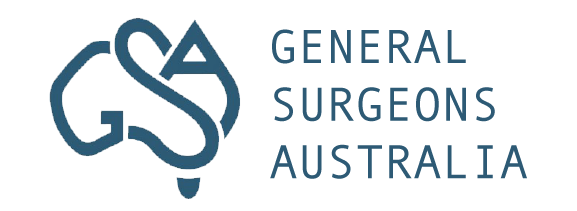Duct Ectasia
What is Duct Ectasia?
Duct ectasia, also known as mammary duct ectasia, is a benign (non-cancerous) breast condition where the ducts beneath the nipple become widened (dilated) and their walls thicken. This can cause the ducts to become blocked or clogged with a thick, sticky fluid.
How Does Duct Ectasia Impact Your Anatomy and Health?
Anatomically, duct ectasia affects the milk ducts in the breast, primarily those closest to the nipple. The thickening of the duct walls and the accumulation of fluid can lead to the formation of lumps or thickened areas under the nipple. In terms of health, while duct ectasia itself is not harmful, it can cause uncomfortable symptoms such as nipple discharge (which may be green or black), nipple inversion, and sometimes pain or tenderness around the nipple area. These changes can mimic more serious conditions like breast cancer, causing anxiety and leading to further diagnostic procedures.
Risk Factors for Duct Ectasia
Duct ectasia most commonly affects women who are middle-aged or older, particularly those nearing menopause. The risk increases with age as the breast tissue naturally undergoes changes. However, it's not exclusive to women; men can also develop duct ectasia, though it is less common.
Causes of Duct Ectasia
The exact causes of duct ectasia are not fully understood, but it is believed to be related to the natural aging process of the breast. As a woman ages, her breast tissue changes, including the thickening of the walls of the milk ducts and a decrease in the glandular tissue of the breasts. These anatomical changes can lead to the dilation and blockage of the ducts. Other factors that might contribute to the development of duct ectasia include smoking, which can affect the elasticity and health of ductal tissues, and past infections in the breast. However, these are less commonly direct causes.
Symptoms of Duct Ectasia
The symptoms of duct ectasia can vary but typically include:
- Nipple discharge: This is often the most noticeable symptom. The discharge can be thick and sticky, and its colour may range from green to black.
- Nipple inversion: The nipple may turn inward or appear inverted due to the changes in the underlying tissues.
- Tenderness and pain: Some individuals may experience pain or tenderness in the affected area, particularly around the nipple.
- Palpable lumps or thickening: A lump or thickened area near the nipple may be caused by fluid buildup and inflammation of the ducts.
- Redness and swelling: The area around the nipple may appear red and swollen, especially if there is associated inflammation.
Diagnosis of Duct Ectasia
- Clinical Examination: A doctor may initially suspect duct ectasia based on symptoms such as nipple discharge or inversion. A physical examination of the breasts can help identify any palpable lumps or areas of tenderness.
- Mammography: This imaging test helps to visualise changes in the breast tissue. Duct ectasia may appear on a mammogram as dilated ducts with possible calcifications.
- Ultrasound is used to further evaluate any abnormalities found on a mammogram or physical exam, providing a clearer picture of the ducts and surrounding tissues.
- Magnetic Resonance Imaging (MRI): In some cases, especially when the diagnosis is unclear, MRI can help provide detailed images of the breast tissues.
- Ductography: Although less commonly performed, this involves injecting a contrast material into the milk ducts and taking X-rays. This can help show the shape and structure of the ducts more clearly.
- Biopsy: If there is concern about the nature of the nipple discharge or a lump, a biopsy may be taken to rule out cancer.
Treatment of Duct Ectasia
Treatment for duct ectasia depends on the severity of symptoms:
- Conservative Management: Treatment may not be necessary other than monitoring for mild symptoms. Keeping the area clean and wearing supportive, comfortable bras can help alleviate discomfort.
- Medications: Antibiotics may be prescribed if there is evidence of infection or inflammation.
- Surgery: In severe cases, particularly where persistent discomfort or recurrent infection, surgery to remove the affected ducts may be considered.
What if Duct Ectasia is Untreated?
If duct ectasia is left untreated, it may lead to several complications, although it typically does not progress to more serious conditions like cancer. Possible complications include:
- Persistent symptoms: Symptoms like nipple discharge and discomfort may continue and sometimes worsen over time.
- Infections: The stagnant fluid within the ducts can serve as a medium for bacterial growth, leading to infections or abscesses that require treatment.
- Psychological impact: The presence of persistent symptoms, especially nipple discharge, can cause anxiety and stress, particularly due to concerns about breast cancer.
While duct ectasia is a benign condition, monitoring is essential to manage symptoms effectively and ensure that any changes are noted and appropriately addressed.









